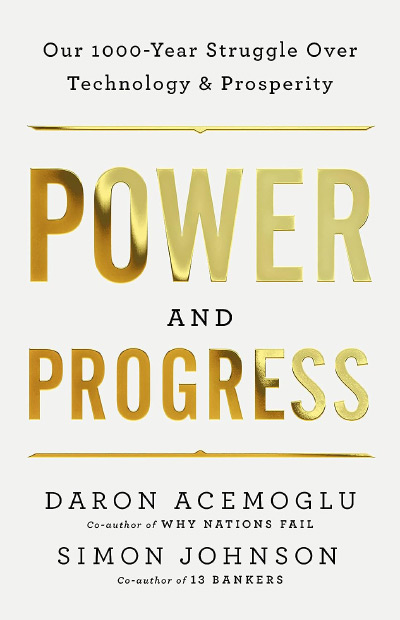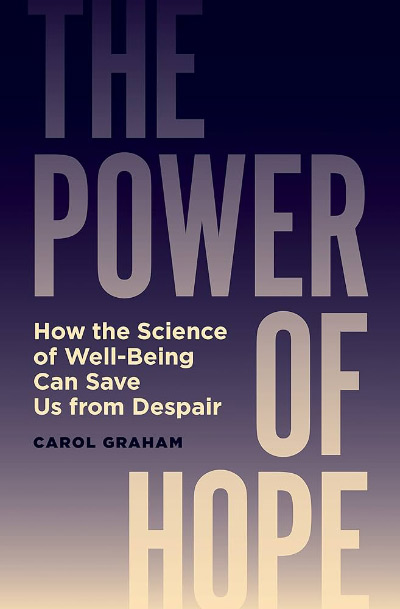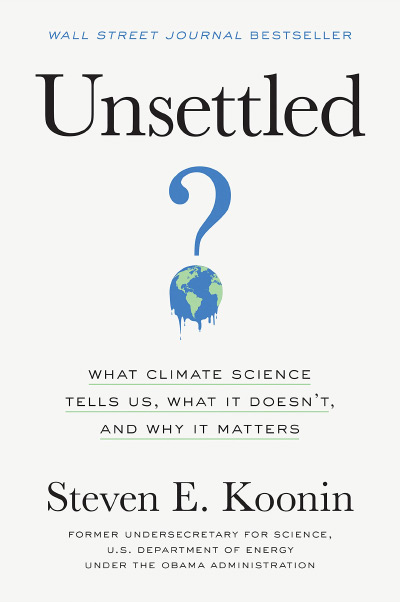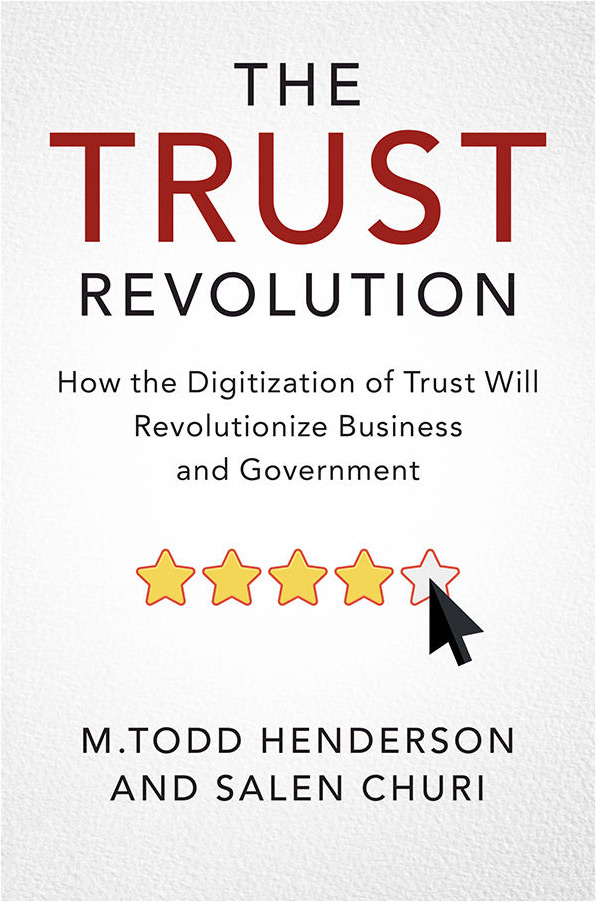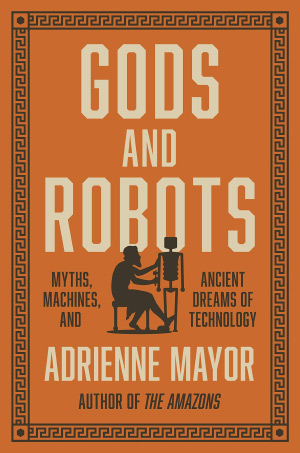Robotic automation, artificial intelligence, and the lasting consequences of Covid lockdowns have resurrected anxieties and uncertainties about the future of work. Technology develops and humans follow. The technological elite naturally attract censure for the lack of control people have over their own work environment. Though the workforce follows technology, technology follows the trends and interests of a narrow elite. The narrative I have just described is the thread picked up by Daron Acemoglu and Simon Johnson in Power and Progress. They rally around the fact that technology does not develop independent of human choice. To choose our future, the people need to seize hold, not of the means of production proper, but of the imagined futures for the means of production. They investigate why different technologies have been adopted historically, who made those choices and why.
Beyond standard stories about productivity enhancing incentives to develop technology, they also speak about “visions.” Visions are the stories we tell ourselves about why we develop technologies and how technology will positively advance human beings in the future. Perverse incentives and perverse visions lead to technological change that favors bosses over workers. The story Acemoglu and Johnson tell, while including many truths, is too underspecified to imply the solutions they offer, which mostly include governments crafting the incentive environment for a better direction of technological growth. They treat the market for technical change as a market whose outcomes can be predicted and guided by government policy. They ignore the possibility for special interests to capture government policy and the inability of bureaucrats to actively foresee events in the opaque environment of technical progress.
A basic reason why technological growth raises wages is what the authors call the “productivity bandwagon theory” (p. 15). With a new technology, the marginal productivity of workers increases along with labor demand increasing both employment and wages. As technology develops, wages will increase. All investment into technology is an investment into workers. Many classic models of economic growth build this fact in by construction. But some technologies will not raise wages. They may instead provide a cheap substitute to labor rather than a complement, or they may change the power relation between worker and employer making labor markets less competitive or offering more bargaining power to capital. These exceptions to the productivity bandwagon theory provide the theoretical background for the book. The authors provide a modified bandwagon theory. The productivity bandwagon requires “improvements in worker marginal productivity and sufficient bargaining power for labor” (p. 196). The question that they investigate is when, where, and why these conditions have existed, and, in particular, they investigate the direction of technological progress and who holds the power to direct it.
Technology appears to progress on a predetermined track, but human interests have influenced its direction. The human-contingent direction of technical change leads the authors to assert repeatedly that nothing was inevitable about the path taken. The second chapter focuses on the story of Ferdinand de Lesseps, the man behind the Suez Canal and the failed initial attempt at the Panama Canal. The extreme costs and difficulties of the first project and the utter failure of the second are attributed to his overbearingly stubborn vision in the rightness of his technological goal. The authors attribute this path dependence on the power of persuasion and the blinding light of Lesseps’ vision but underplay the unique environment that he was operating in. The canal projects required large assistance financially and in military support from states. The people that needed to be persuaded by Lesseps' vision were a smaller network, and who perhaps did not receive the same incentives to scrutinize that a normal market investor would. The book proceeds to outline the development of technical change from the Middle Ages to the present with a special focus on the recent productivity slowdown and the prospect of AI as a substitute for skilled labor.
Beyond the example of Lesseps, the concept of vision lock is underspecified. Their informal model treats visions as stochastic noise confusing a normally efficient market outcome. The market invests in useful and productive enterprises, but stubborn visions if anything retard the market process. McCloskey and Klamer argued in 1995 that since persuasion is 25% of GDP (calculated by treating the income of the speaking professions as persuasion) there must be an economic benefit to it (D. N. McCloskey and A. Klamer, 1995, “One Quarter of GDP Is Persuasion,” American Economic Review, 85(2), 191–195). If Acemoglu and Johnson are correct that vision is largely noise to the market process, then up to 25% of national income could be unproductive rent-seeking. But vision is implicated in almost every market transaction. It is not a stochastic error term on an efficient market process, it is itself the engine of the market. Every trade relies on an implicit act of persuasion. What the authors are interested in are visons run amok, when there are no forces selecting the true from false nor external means to prevent them. They greatly underspecify the institutions that would separate destructive visions from constructive ones.
Acemoglu and Johnson discuss the interaction of institutions and vision, but their preferred institution, democracy, is praised because it negates the effects of vision rather than perfecting them. Democracy leads to “cacophonous voices” which make it hard for a single viewpoint to dominate all perspectives and ensures that biases will be brought to the table (p. 93). Diversity allegedly discourages and counteracts the vision lock-in of elites. They suppose that their lauding of democracy is counter to a technocratic approach allowing regulators and bureaucrats to manage and regulate tech from above. They note that the “technocratic approach to democracy can easily get trapped by a specific vision” (p. 94). Their preferred form of democracy would have bureaucrats “listening to diverse voices” (p. 95) on the nature of technological change. Cacophonous democracy might drown out some demagogues, but we have no reason to believe the cacophony will spontaneously become harmony.
In truth, their approach is no less technocratic, it simply supposes that its goals represent a broader population. The policies they recommend are a battery of regulations, taxes, subsidies, antitrust action, and government investment in tech research. While the direction that technical change took was not inevitable that does not mean it is designable. They presume that sans conversation (the interaction between several visions) the unbiased path of technology is accessible to a class that then ought to hold the levers to craft the incentive environment. Their implicit model fundamentally misunderstands the nature of technological discovery. Acemoglu’s 2002 paper on this subject assumes that research and development can be in either labor-intensive or capital-intensive goods (D. Acemoglu, 2002, “Directed Technical Change,” Review of Economic Studies, 69, no. 5: 781–809). In reality, present investment into a labor-intensive good might be surmounting the technological frontier that leads to the discovery of more capital-intensive production possibilities in the future. Technology is not researched from a menu. Computing technology was largely a complement to labor allowing clerical work and scientific analysis to be much more powerful per laborer, but it was also the technology which led to the development of AI which the authors forewarn is one of largest substitutes to labor we have ever seen. To craft an incentive environment that consistently favors labor-biased technologies (or capital-biased for that matter) would require routine active intervention into the research environment. Active intervention and rule of law are not cordial partners. The resulting uncertainty would discourage technological investment across the board. The only figures that could ensure a stable environment to research are those with the low costs of persuading officials that their technological vision is consistently labor-biased. In this environment, vision lock is far more likely to have pervasive and perverse effects. I would prefer Mark Zuckerberg to be tried in front of public opinion rather than by a Senate committee.
The book operates on the mantra that “technology’s bias against working people is always a choice” (p. 189). Any given path of technological development may not be inevitable, but that does not mean that it is a simple cut and dry choice. We ought to ask, “whose choice is it? When and how do they make the choice? What are the other consequences of that choice?” By avoiding these questions and only offering blanket solutions the authors can tell any narrative they want and lay blame on whomever they want. The book does not review any government policies that successfully biased technology in labor’s favor over a period of time. Adam Smith reminds us that in “in the great chess-board of human society, every single piece has a principle of motion of its own” and that the man of system imagines that he can simply impress new patterns on them (A. Smith, 1984, The Theory of Moral Sentiments, Indianapolis: Liberty Fund, p. 234). I would extend the same point to technological progress. Research, discovery, and conversation also have principles of motion that are not containable in a single system. We ought to discuss the consequences of technological change and find ways to counteract its negative aspects, but active government intervention will invariably lead to ad hoc discretionary choices, rent seeking, and a worse conversation on the future of labor.
| Other Independent Review articles by Marcus Shera | |
| Spring 2023 | Adam Smith’s America: How a Scottish Philosopher Became an Icon of American Capitalism |
| Spring 2022 | Plagues upon the Earth: Disease and the Course of Human History |



